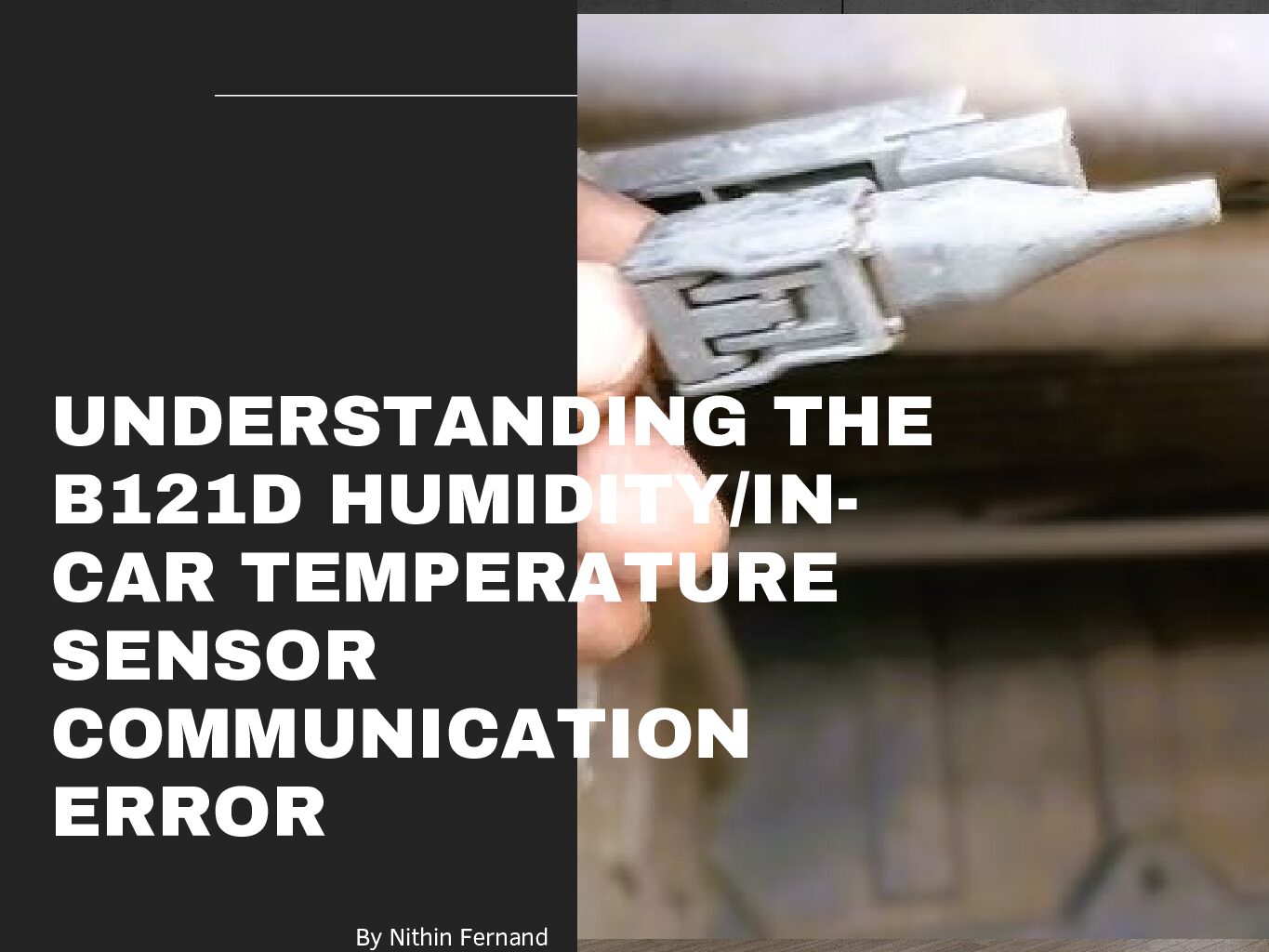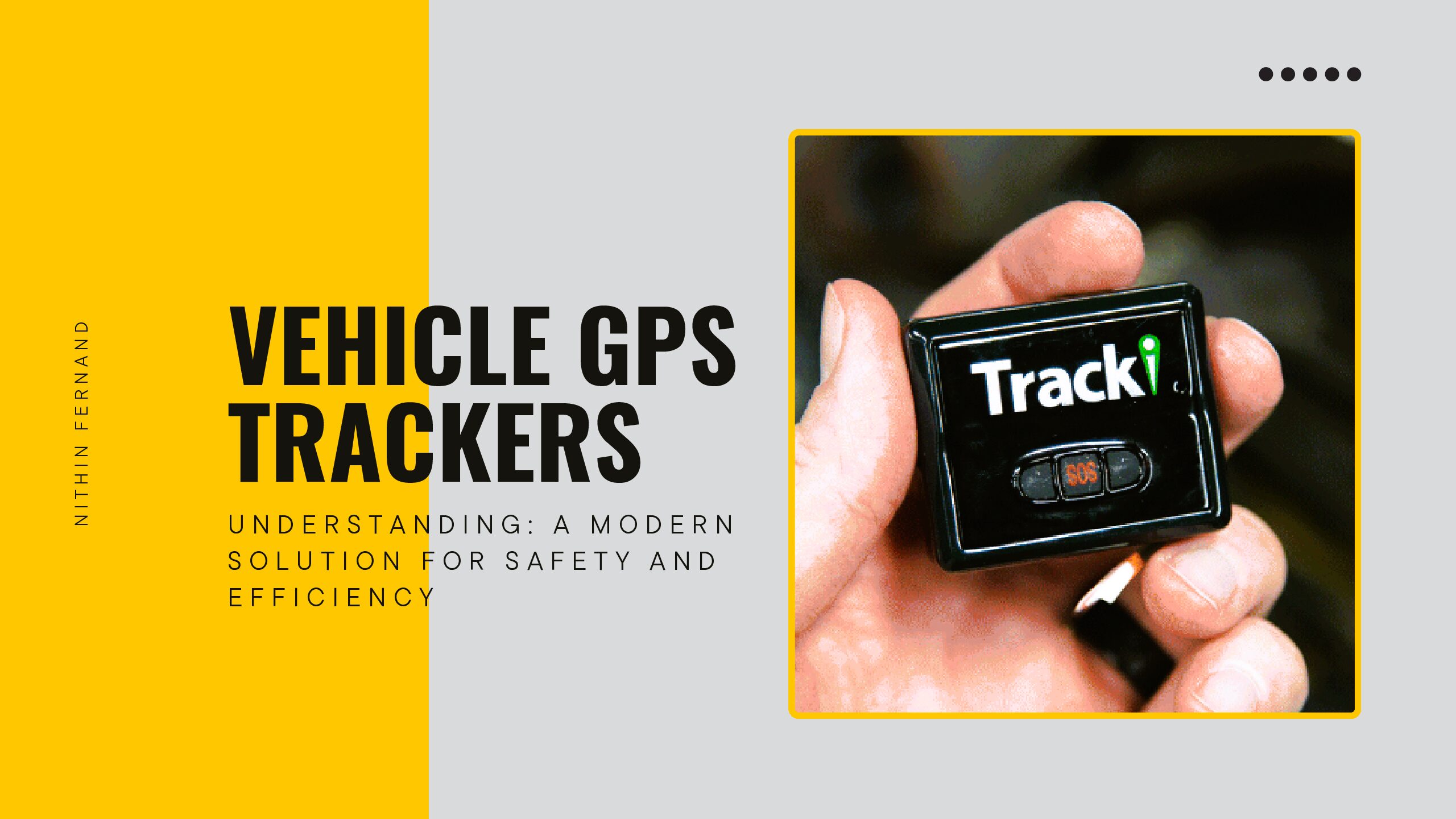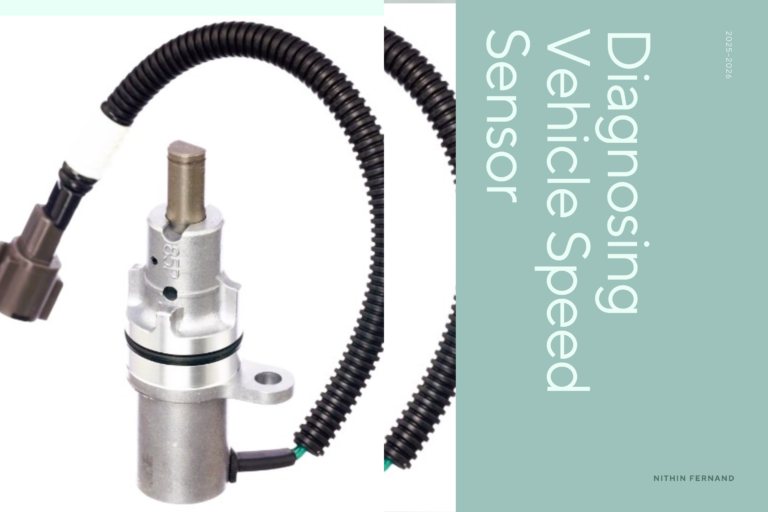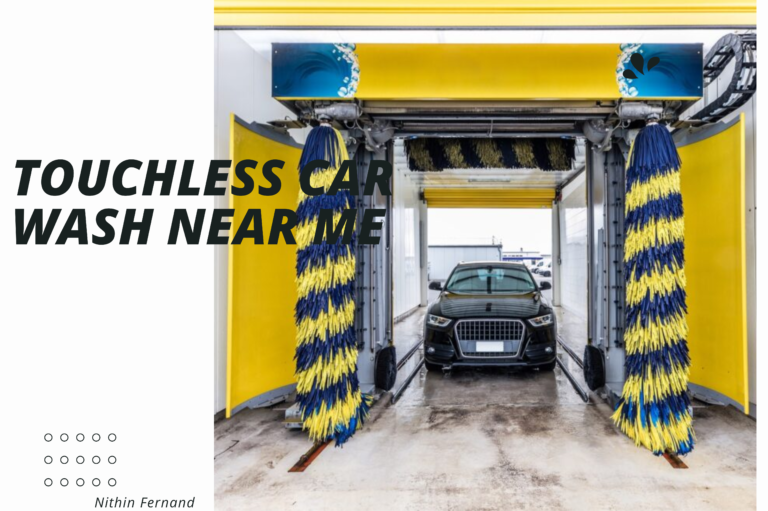Understanding the B121D Humidity/In-Car Temperature Sensor Communication Error
Introduction
In modern vehicles, maintaining an optimal cabin environment is crucial for both comfort and functionality. An essential component of this system is the in-car temperature and humidity sensor. Among various diagnostic trouble codes (DTC) encountered by vehicle owners and technicians, the B121D code specifically points to a communication error involving the humidity and in-car temperature sensor. Addressing these errors is crucial for ensuring the climate control system operates effectively.
The B121D Humidity/In-Car Temperature Sensor Communication Error can disrupt the vehicle’s climate control system, affecting comfort and safety.

In this article we will discuss Symptoms of a Faulty Sensor , Diagnosing , Solutions and Preventative Measures.
Table of Contents
Overview of the In-Car Temperature and Humidity Sensor
The in-car temperature and humidity sensor plays a vital role in regulating a vehicle’s climate control system. It ensures that the cabin environment remains comfortable by measuring the interior temperature and humidity levels and communicating these metrics to the climate control unit. This information assists the system in adjusting the heating, ventilation, and air conditioning (HVAC) settings dynamically, enhancing passenger comfort and vehicle efficiency.
Symptoms of a Faulty Sensor
Experiencing a B121D code is indicative of a communication error with the in-car temperature and humidity sensor. The following symptoms may be observed:
- Erratic Climate Control Functions: The most noticeable symptom is inconsistency in climate control performance. The system may fail to regulate temperature settings accurately, leading to an uncomfortable cabin environment.
- Ineffective Defrost Operation: The defrost function, which relies on precise temperature and humidity readings, may not work as expected. This can cause visibility issues, especially in cold or humid conditions [citation:8].
- Dashboard Warning Lights: The vehicle’s dashboard may display warning lights or messages indicating a problem with the climate control system, guiding drivers towards the underlying sensor issue.
- HVAC Malfunctions: HVAC systems might exhibit irregular behavior such as failing to respond to user inputs, operating at incorrect intensities, or shutting down unexpectedly.
- Sudden Changes in Cabin Temperature: Drivers and passengers might experience sudden fluctuations in cabin temperature, as the system struggles to balance the heating or cooling demands due to erroneous sensor data.
Diagnosing the B121D Error
Diagnosing the B121D error involves a systematic examination of the sensor and its associated wiring and connectors. Here are the steps generally followed [citation:2][citation:8]:
- Check for DTCs: Use a diagnostic tool to scan for trouble codes. The B121D should be confirmed as present.
- Inspect Sensor and Wiring: Perform a visual inspection of the humidity/in-car temperature sensor and its wiring. Look for signs of damage, corrosion, or loose connections.
- Continuity Checks: With the sensor disconnected, use a multimeter to check for continuity between the connector pins and determine if there are any breaks in the circuitry [citation:2].
- Self-Diagnostic Function Tests: Conduct a self-diagnostic test using the vehicle’s integrated systems or a specialized diagnostic tool, verifying the sensor’s communication and operation.
Solutions to the B121D Error
Correcting the B121D error often involves one or more of the following solutions:
- Reconnection and Cleaning: Sometimes, the solution is as simple as cleaning the sensor’s connection points and securely reconnecting it to ensure proper electrical conductivity [citation:8].
- Repair Wiring Issues: Identifying and repairing shorts, open circuits, or damaged wires between the climate control unit and the sensor is crucial. This includes ensuring all connections are firm and intact [citation:8].
- Substitute with a Known-Good Sensor: If initial checks do not resolve the issue, substituting the sensor with a known-good component can help determine if the original sensor is faulty.
- Replace Faulty Components: In cases where the sensor or wiring remains faulty after testing, replacing the humidity/in-car temperature sensor might be necessary.
- Update or Replace the Climate Control Unit: If the climate control unit itself is suspected to be defective due to persistent error codes, it may require an update or replacement.
Preventative Measures

Taking preventative measures can reduce the occurrence of the B121D error:
- Regular Maintenance Checks: Periodically inspect and maintain the climate control system, focusing on sensors and wiring integrity.
- Moisture Control: Keep the cabin and components dry to prevent humidity-related issues affecting sensor function.
- Professional Diagnostics: Engage professional diagnostic services annually or when suspecting issues to catch potential problems early.
Diagnosing Vehicle Speed Sensor Symptoms and Solutions
Nithin Fernand
Conclusion
The B121D Humidity/In-Car Temperature Sensor Communication Error can disrupt the vehicle’s climate control system, affecting comfort and safety. By understanding its symptoms, diagnosing accurately, and applying effective solutions, vehicle owners and technicians can maintain a reliable and efficient in-car environment. Despite its complexity, addressing this error with prompt and thorough action ensures continued vehicle performance and passenger comfort.
[citation:2][citation
FAQs
1. Are there any specific guidelines for DIY troubleshooting of the B121D error?
While some preliminary checks and cleaning of connections can be attempted for DIY troubleshooting, it is recommended to involve a professional technician for a comprehensive diagnosis and resolution of the B121D error. DIY efforts should focus on visual inspections and basic continuity checks before seeking expert assistance.
2. Can the B121D error impact the overall performance of the vehicle?
The B121D error may impact the overall performance of the vehicle, particularly in terms of cabin comfort and climate control system functionality. Unresolved communication errors between the sensor and the climate control unit can lead to inconsistent temperature regulation and HVAC malfunctions, affecting the driving experience.
3. Is the B121D error a common issue in modern vehicles?
The B121D error, although specific to the communication error with the humidity and in-car temperature sensor, can occur in modern vehicles equipped with advanced climate control systems. Factors such as sensor wear, wiring issues, or environmental conditions may contribute to the occurrence of this error.
4. How crucial is it to address the B121D error promptly?
Addressing the B121D error promptly is crucial to ensure optimal functionality of the climate control system and maintain passenger comfort. Delaying resolution can lead to further issues with temperature regulation, defrost operation, and overall climate control system performance.
5. What professional services are recommended for resolving the B121D error?
For resolving the B121D error, engaging professional automotive technicians with expertise in climate control systems is recommended. These professionals can conduct thorough diagnostics, pinpoint the root cause of the communication error, and apply appropriate solutions to restore the sensor’s functionality and overall system performance.







